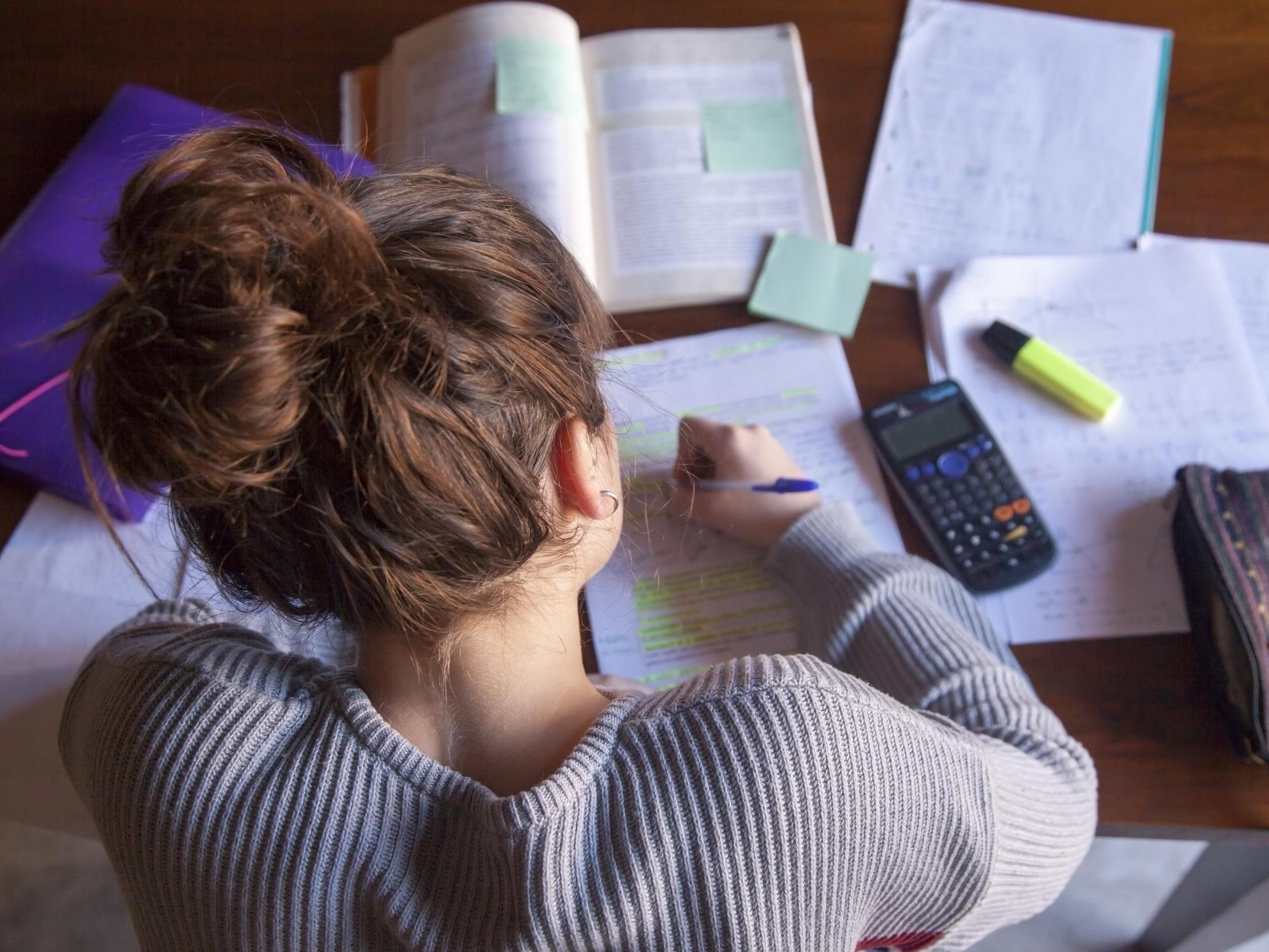Failing 15% of the time is the best way to learn, say scientists
Researchers say they have discovered the ‘Goldilocks’ zone’ where people learn the fastest

Your support helps us to tell the story
From reproductive rights to climate change to Big Tech, The Independent is on the ground when the story is developing. Whether it's investigating the financials of Elon Musk's pro-Trump PAC or producing our latest documentary, 'The A Word', which shines a light on the American women fighting for reproductive rights, we know how important it is to parse out the facts from the messaging.
At such a critical moment in US history, we need reporters on the ground. Your donation allows us to keep sending journalists to speak to both sides of the story.
The Independent is trusted by Americans across the entire political spectrum. And unlike many other quality news outlets, we choose not to lock Americans out of our reporting and analysis with paywalls. We believe quality journalism should be available to everyone, paid for by those who can afford it.
Your support makes all the difference.When learning something new, people naturally look to challenge themselves but the task should be too easy or too difficult, lest they get bored or give up.
Despite a long history of research, it is unclear why particular difficulty levels might be best for learning.
However, scientists from the University of Arizona say they have now found the "Goldilocks zone" – with their data suggesting people who fail 15 per cent of the time learn the fastest.
Researchers created machine-learning experiments in which they taught computers simple tasks like categorising patterns or arranging numbers. The computers learnt fastest when they got 85 per cent of answers correct, according to the paper published in Nature Communications.
“We show theoretically that training at this optimal difficulty can lead to exponential improvements in the rate of learning,” researchers wrote in the paper.
Scientists say the "85 per cent rule" applies to things we learn through experiences – for example a radiologist wanting to learn the difference between images of tumours and anomalies that are not tumours.
“You get better at figuring out there’s a tumour in an image over time, and you need experience and you need examples to get better,” said lead researcher Robert Wilson from the University of Arizona.
“I can imagine giving easy examples and giving difficult examples and giving intermediate examples. If I give really easy examples, you get 100 per cent right all the time and there’s nothing left to learn.
“If I give really hard examples, you’ll be 50 per cent correct and still not learning anything new, whereas if I give you something in between, you can be at this sweet spot where you are getting the most information from each particular example.”
Although the research looked at simple tasks with a correct and incorrect answer, Dr Wilson says it could apply to more complex learning.
Dr Wilson: “If you are taking classes that are too easy and acing them all the time, then you probably aren’t getting as much out of a class as someone who’s struggling but managing to keep up.
“The hope is we can expand this work and start to talk about more complicated forms of learning.”
Join our commenting forum
Join thought-provoking conversations, follow other Independent readers and see their replies
Comments